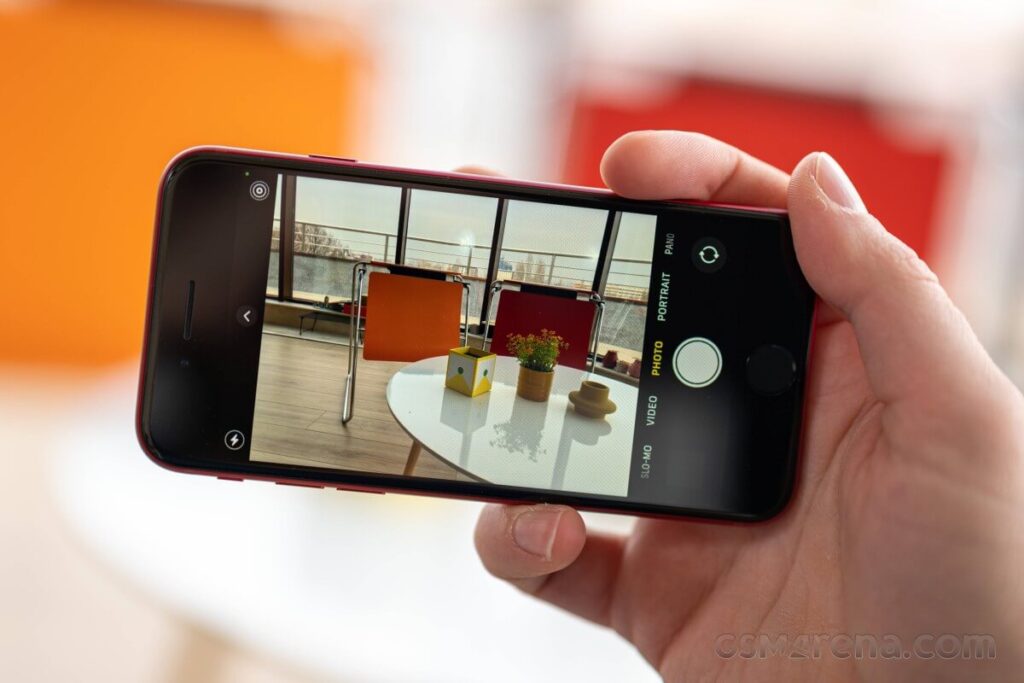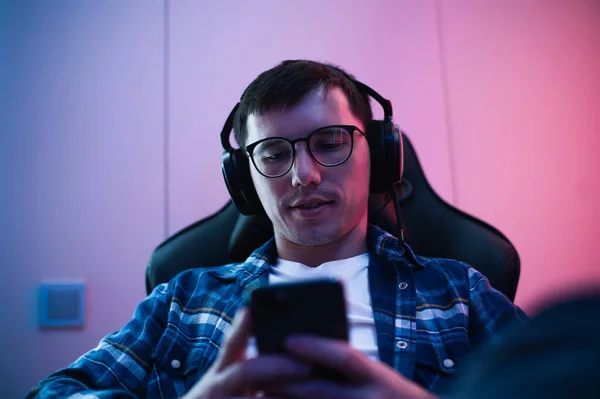Yes, the iPhone SE (2020) does have Portrait mode. It is a camera feature that uses software algorithms to create a shallow depth-of-field effect, blurring the background and keeping the main subject in focus. This feature allows you to take professional-looking portrait photos with a bokeh effect, even with a single rear camera on the iPhone SE.
Overview of the iPhone SE
- The iPhone SE is a compact smartphone model developed by Apple Inc.
- It was first introduced in 2016, with a second-generation version released in 2020.
- The design resembles the iPhone 8, with a 4.7-inch Retina HD display and a physical home button with Touch ID.
- Available in different color options like black, white, and red.
- Powered by Apple’s A13 Bionic chip, providing excellent performance and efficiency.
- Features a single 12-megapixel rear camera with Portrait mode and Smart HDR for improved photo quality.
- Supports 4K video recording at up to 60 frames per second.
- Equipped with a 7-megapixel front camera for selfies and FaceTime video calls.
- Runs on Apple’s iOS operating system, ensuring a seamless and secure user experience.
- Access to the App Store for downloading various applications and games.
- Regular software updates from Apple for compatibility and security.
- Connectivity options include 4G LTE, Wi-Fi, Bluetooth, NFC, and GPS.
- Offers different storage options, typically ranging from 64GB to 256 GB.
- Battery life provides all-day usage with moderate use.
- Provides a compact and powerful option for users who prefer smaller-sized smartphones.
Purpose of Portrait Mode
The purpose of Portrait mode is to enhance the photography experience on smartphones by simulating the depth-of-field effect typically seen in professional cameras. This feature is designed to create stunning portrait photos with a sharp subject and a beautifully blurred background, also known as bokeh.
The primary goal of the Portrait mode is to highlight and emphasize the main subject in a photograph, such as a person’s face, by creating a pleasing separation between the subject and the background. By blurring the background, Portrait mode helps to eliminate distractions and draw attention to the subject, resulting in aesthetically pleasing and visually appealing images.
Portrait mode achieves this effect through the use of software algorithms combined with the capabilities of the smartphone’s camera hardware. It typically relies on depth-sensing technology, such as dual cameras or advanced computational photography techniques, to accurately detect the subject and create a depth map of the scene.
How Portrait Mode Works

Portrait mode utilizes a combination of hardware and software techniques to create the depth-of-field effect and enhance portrait photography on smartphones. Here’s a general overview of how Portrait mode works:
- Depth Sensing: Most smartphones with Portrait mode use depth-sensing technology, such as dual cameras or additional depth sensors, to capture depth information about the scene. This technology helps the device understand the distances between different objects and the subject, which is crucial for creating the desired bokeh effect.
- Subject Detection: The smartphone’s camera system analyzes the scene to identify the subject. It may use various techniques like facial recognition or object detection algorithms to identify the primary subject in the frame. This step is crucial for accurately separating the subject from the background.
- Depth Mapping: Once the subject is detected, the camera system generates a depth map based on the captured depth information. The depth map assigns different depth values to various elements in the scene, providing a visual representation of the distances between objects and the subject.
- Depth-of-Field Effect: Using the depth map, the smartphone’s software algorithms apply a selective focus effect to the image. The algorithms recognize the subject based on the depth of information and create a sharp focus on the subject while gradually blurring the background. The intensity of the blur depends on the distance between the subject and the background, simulating the shallow depth of field found in professional photography.
- Real-time Feedback: In many cases, Portrait mode provides real-time feedback by showing a live preview of the image with the applied depth-of-field effect. This allows users to compose the shot and make adjustments before capturing the photo.
- Image Processing: After capturing the photo, the smartphone’s software further enhances the image through additional computational photography techniques. These techniques may include noise reduction, color correction, and other image processing algorithms to optimize the overall quality of the portrait photo.
Portrait Mode on iPhone SE
The iPhone SE (2020) is equipped with Portrait mode, a feature that allows users to capture professional-looking portrait photos with a depth-of-field effect. Although the iPhone SE has a single rear camera compared to the multiple-camera setup found on higher-end iPhone models, it utilizes advanced software algorithms to achieve this effect. Here’s how Portrait mode works on the iPhone SE:
- Subject Detection: The camera system of the iPhone SE uses facial recognition and object detection algorithms to identify the subject in the frame. It analyzes the scene to detect faces or other prominent objects that can be the main focus of the portrait.
- Depth Mapping: Once the subject is detected, the iPhone SE creates a depth map based on the analysis of the scene. This depth map assigns different depth values to various elements, helping to understand the distances between objects and the subject.
- Depth-of-Field Effect: Using the depth map, the iPhone SE’s software algorithms apply a selective focus effect to the image. The subject is kept in sharp focus, while the background is gradually blurred to simulate the shallow depth of field. The intensity of the blur is determined by the distance between the subject and the background, creating a pleasing separation.
- Real-time Feedback: The iPhone SE provides a real-time preview of the image with the applied depth-of-field effect, allowing users to compose the shot and make adjustments before capturing the photo. This feature helps ensure that users can see the impact of Portrait mode before taking the picture.
- Image Processing: After capturing the photo, the iPhone SE’s software further enhances the image using computational photography techniques. These techniques may include noise reduction, color correction, and other optimizations to improve the overall quality of the portrait photo.
Shooting in Portrait Mode on iPhone SE
Shooting in Portrait mode on the iPhone SE (2020) is a straightforward process. Here’s a step-by-step guide on how to use Portrait mode to capture stunning portrait photos:
- Open the Camera app on your iPhone SE. It can be found on the home screen or in the app drawer.
- Swipe left or right on the camera screen until you reach the “Portrait” mode option. Portrait mode is represented by an icon of a person’s silhouette.
- Position your subject within the frame. It’s best to have the subject reasonably close to the camera to achieve optimal results.
- Ensure there is adequate lighting for the scene. Portrait mode performs better in well-lit environments, as it helps with accurate subject detection and depth mapping.
- Tap the subject on the camera screen to focus on it. The iPhone SE uses its facial recognition and object detection capabilities to identify and lock onto the subject.
- If necessary, you can adjust the exposure by sliding your finger up or down on the screen to make the image brighter or darker.
- When the camera detects that the subject is properly focused, the background should be automatically blurred. You will see an on-screen message that says “Natural Light” or “Depth Effect.”
- Ensure stability and hold the phone steady. It’s recommended to use both hands or a tripod to minimize camera shake and capture a sharp image.
- Press the shutter button to capture the photo. You can use the physical volume buttons or the on-screen shutter button.
- After capturing the photo, you can review it in the Photos app. The image will have the depth-of-field effect applied, with the subject in focus and the background blurred.
- If desired, you can make additional edits or adjustments to the photo using the built-in editing tools or third-party photo editing apps.
Conclusion
In conclusion, the iPhone SE (2020) offers users the convenience of capturing professional-looking portrait photos through its Portrait Mode feature. Despite having a single rear camera, the advanced software algorithms and depth-sensing technology of the iPhone SE enable it to create a depth-of-field effect that emphasizes the subject and blurs the background, resulting in aesthetically pleasing images.
References:
https://www.gsmarena.com/apple_iphone_se_2022-review-2405p5.php

Greetings, I’m Jotham Leopold, the enthusiast and mind behind ExpertDecider.Com. Holding a degree in Management Information Systems from the University of Wisconsin, I ventured into the professional world as an Information Technology Consultant. However, my passion extends beyond the corporate realm. Beyond the algorithms and codes of my IT career, I’ve always been captivated by the sleek world of electronics. This fascination led to the creation of ExpertDecider.Com, a platform where my expertise as an IT Consultant converges with my fervor for the latest gadgets.